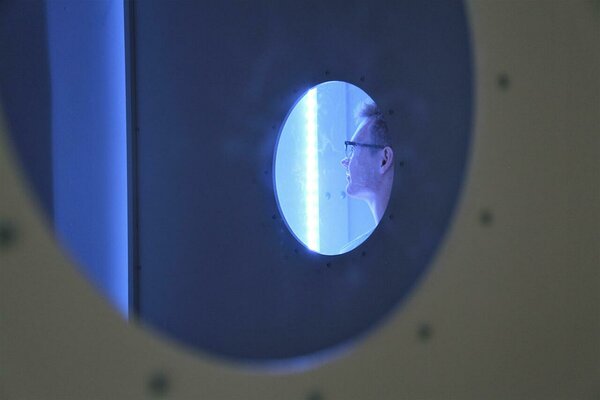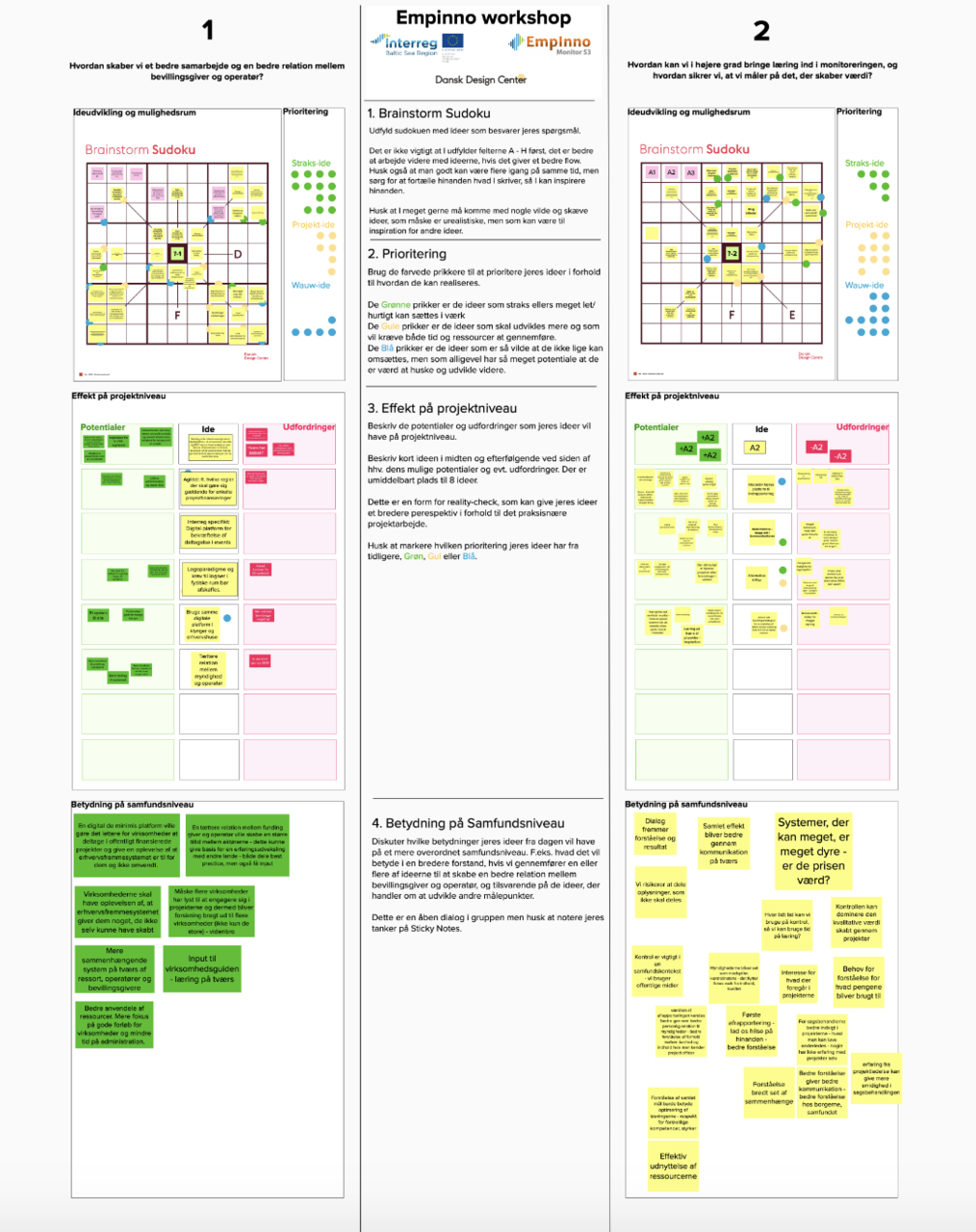Monitoring systems - what to improve and how?

Monitoring of EU-funded projects is always double-sided. Somebody monitors projects to obtain data, and somebody delivers data through monitoring. These two sides do not necessarily see the coin from the same point of view. And sometimes it is difficult even to flip the coin to get to know what the other side looks like.
Danish Design Centre has flipped the coin to view monitoring from the perspective of those involved in monitoring. How is the practice of monitoring experienced from a company, a cluster or a knowledge institution perspective - even from the perspective of the responsible business authority? What works well, what are real pain points felt by whom, and most importantly: what would be considered as an improvement?
As the national design centre, Danish Design Centre applies a design stance in any of its activities. Design means thinking systemically, appreciating the perspective and involvement of a variety of voices in defining what may be the best solutions forward. In EmpInno project, we have invited companies, clusters, knowledge institutions and the national business authority to present their view on what works and what they would like to change, when talking about monitoring EU-funded projects, and also what would be perceived as improvement. Out of this exercise, we have extracted a catalogue of ideas for improvements, some easily established, others requiring both resources and a big deal of time and engagement.
One of the more interesting points was that the majority of those being asked mentioned a better relation between the strategy implementer and strategy owner as an improvement. How do we become team players and not just controllers, as one employee within the national business authority put it, expressing a need for knowing more about the content and successes of the projects. Prioritize good stories - or narratives - as one specific element in the reporting template was presented as one specific and easily implementable improvement.
Companies were requesting a digital solution to upload and give access to already uploaded documents and information. They were looking for time-saving solutions and systems with a high degree of data safety. This is much more difficult, requires a huge amount of time and financial resources, but is nevertheless regarded as an obvious improvement in the eyes of companies but also seen from the perspective of the business authority.
More of the strategy implementers pointed at clarity about what are ‘needs-to-have’ and ‘nice-to-have’ in the overall playing field of monitoring. Also, why the specific reporting claims were set and by whom. Some also pointed to the need for indicators more adaptable to the individual project and in better correspondence with the value that the project aimed at creating. This is where the invisible other side of the coin - or the other perspective of monitoring - really becomes clear: Project owners are fully allowed to set indicators and targets addressing the specific project and the value it aims at creating. As long as the basic indicators are included as well. But this is not well-known, and the strategy owners do not inform about this as well as the strategy implementers do not question the framework set by the strategy owners. This particular example represents one of more myths characterizing what is possible within the existing system. So, here an improvement would be creating clarity about the flexibility of the existing system rather than expanding the system with more and different indicators.
The key aspects from the process in Denmark can be boiled down to more and better dialogues to create trust and clarity. Digital tools to ease the reporting may even be seen as a means to releasing resources to achieve this ambition. Except for the digital tools, the improvements seem fairly easy to implement.
Flipping the coin and taking a look at the monitoring practice from the perspective of those being involved reveals a picture of both pain points and also potential solutions of which some would be easy to implement. What remains to be mentioned is that none of the stakeholders involved in the process in Denmark referred to any of the overall objectives set by the Smart Specialisation Strategies, which form the overall European concept for ensuring valid spending of the structural funds. What may that tell us? That, although it is clear that monitoring concerns creating the best possible impact for those benefiting from the activities, an understanding of the big WHY seems to be absent. So, when considering that monitoring also concerns assessing if the funding leads to the ambitious goals set at EU level, this greater picture is not detectable from the perspective of the coin represented by the strategy implementers.
Compiled by: Aase Højlund Nielsen, Head of Office / Strategic Fundraiser, Dansk Design Center, May 2021


